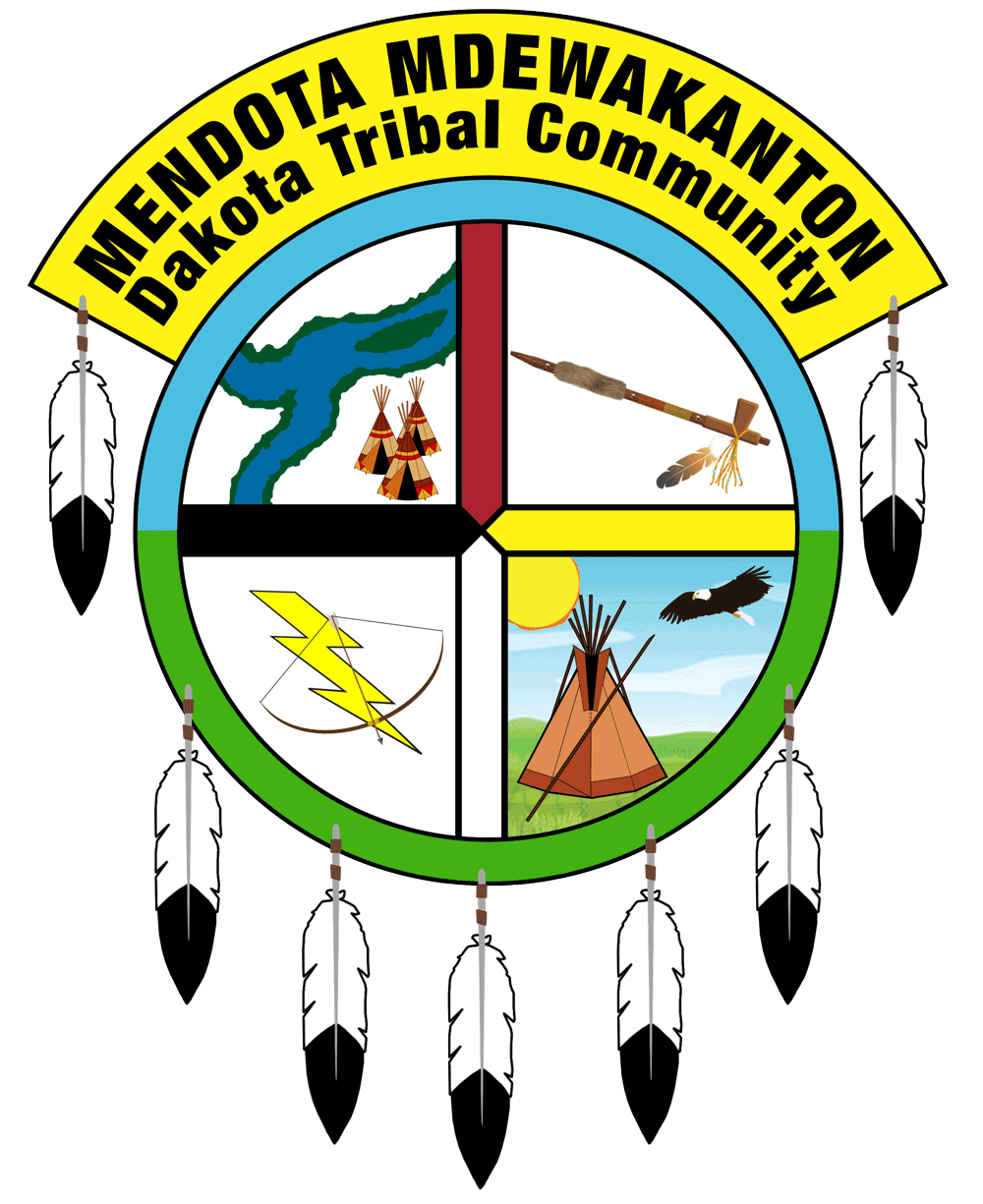Dakota County, Minnesota
From Wikipedia, the free encyclopedia
| Dakota County, Minnesota | |
| Map | |
 Location in the state of Minnesota |
|
 Minnesota’s location in the U.S. |
|
| Statistics | |
| Founded | October 27, 1849 [1] |
|---|---|
| Seat | Hastings |
| Largest city | Eagan |
| Area – Total – Land – Water |
586 sq mi (1,519 km²) 570 sq mi (1,475 km²) 17 sq mi (43 km²), 2.86% |
| Population -Â (2000) – Density |
355,904 625/sq mi (241/km²) |
| Time zone | Central: UTC-6/-5 |
| Website: www.dakotacounty.us | |
| Named for: Named after the Dakota people. | |
Dakota County is the third most populous county in the U.S. state of Minnesota. The county is bordered by the Minnesota and Mississippi Rivers on the north, and the state of Wisconsin on the east. Dakota County comprises the southeast portion of seven-county Minneapolis-St. Paul, the sixteenth largest metropolitan area in the United States with about 3.2 million residents. The U.S. Census Bureau estimated the population of Dakota County at 388,001 in 2006.[1] The county seat is Hastings[2].
The county is home to historical events at Mendota that defined the state’s future which included providing materials for the construction of Fort Snelling across the river and the signing of the Treaty of Traverse des Sioux which ceded land from native Dakota for the Minnesota Territory. The county’s history was initially tied to the confluence of the Mississippi and Minnesota Rivers, both strategically important for United States expansion and as the convergence of the Dakota and Anishinaabe nations who regarded the site as sacred. Influence shifted westward during the post World War II settlement boom when Interstate 35 connected the western half of the county to Minneapolis and Saint Paul and bedroom communities grew. Today, Dakota County has a population that rivals the city of Minneapolis. Most earn their living outside the county but like many metro counties is continuing to absorb more industry and jobs from the core cities.[3][4]
Dakota is named after the Dakota (or Sioux) Native Americans who were the previous predominant settlers of the area.[3] The name is recorded Dakotah in older U.S. Census records until 1851.[5]
Contents
[hide]
